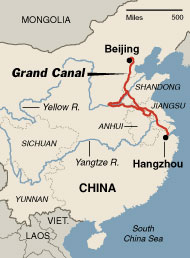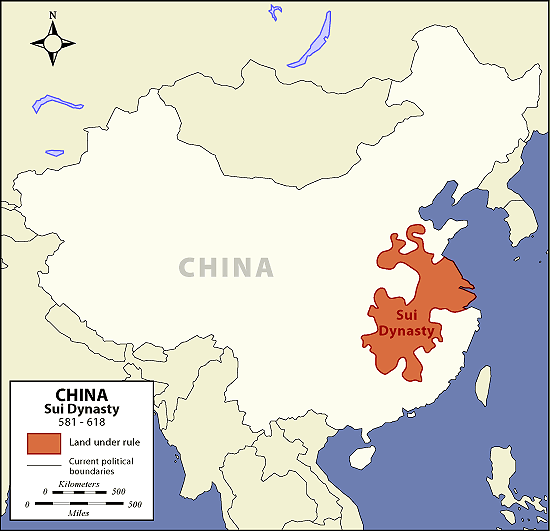The Sui and Song dynasties were two of the most influential periods in Chinese history, shaping the course of the nation for centuries to come. Both dynasties were marked by significant cultural and political achievements, as well as significant challenges and conflicts.
The Sui dynasty (581-618) was founded by Yang Jian, also known as Emperor Wen, who reunified China after centuries of division and conflict. Emperor Wen implemented a number of reforms that improved the efficiency and effectiveness of the government, and he is credited with creating the first centralized bureaucracy in Chinese history. He also initiated the construction of the Grand Canal, a massive engineering project that connected the Yellow and Yangtze Rivers and facilitated trade and communication throughout the country.
The Sui dynasty also saw the spread of Buddhism throughout China, as well as the introduction of new religions and philosophies from abroad. The Sui dynasty was short-lived, however, and was eventually replaced by the Tang dynasty (618-907), which is often considered the golden age of Chinese civilization.
The Tang dynasty was characterized by a time of prosperity and cultural flourishing. The Tang capital of Chang'an (modern-day Xi'an) was one of the most populous and cosmopolitan cities in the world, with a diverse population of Chinese, Central Asian, and other foreign peoples. The Tang dynasty saw the development of a written Chinese language that was understood throughout the country, and the establishment of a standardized system of weights and measures. The Tang also saw the expansion of the Chinese empire, with military campaigns and diplomatic missions reaching as far as Korea, Japan, Vietnam, and Central Asia.
The Song dynasty (960-1279) followed the Tang, and it is often referred to as the "Chinese Renaissance." The Song dynasty was marked by significant technological and cultural innovations, including the introduction of paper money, the development of gunpowder, and the creation of the first movable type printing press. The Song also saw the flowering of Chinese literature, art, and science, with notable figures such as Su Shi, Ouyang Xiu, and Shen Kuo making important contributions in these fields.
Despite its many achievements, the Song dynasty was also marked by significant challenges and conflicts. The Song faced frequent invasions and wars with the Liao dynasty in the north and the Jin dynasty in the west, and it eventually lost control of much of its territory to the Mongols under Genghis Khan. The Song dynasty was eventually replaced by the Yuan dynasty (1271-1368), which was founded by the Mongols.
In conclusion, the Sui, Tang, and Song dynasties were all significant periods in Chinese history, marked by cultural and political achievements, as well as significant challenges and conflicts. These dynasties laid the foundations for much of what we know as modern Chinese culture, and their legacy can still be seen in contemporary China today.

/fit-in/0x0/img/201911/The-History-of-China-Every-Year.mp4_20180420_152455.919.jpg-669-article-1574298865.jpg)





